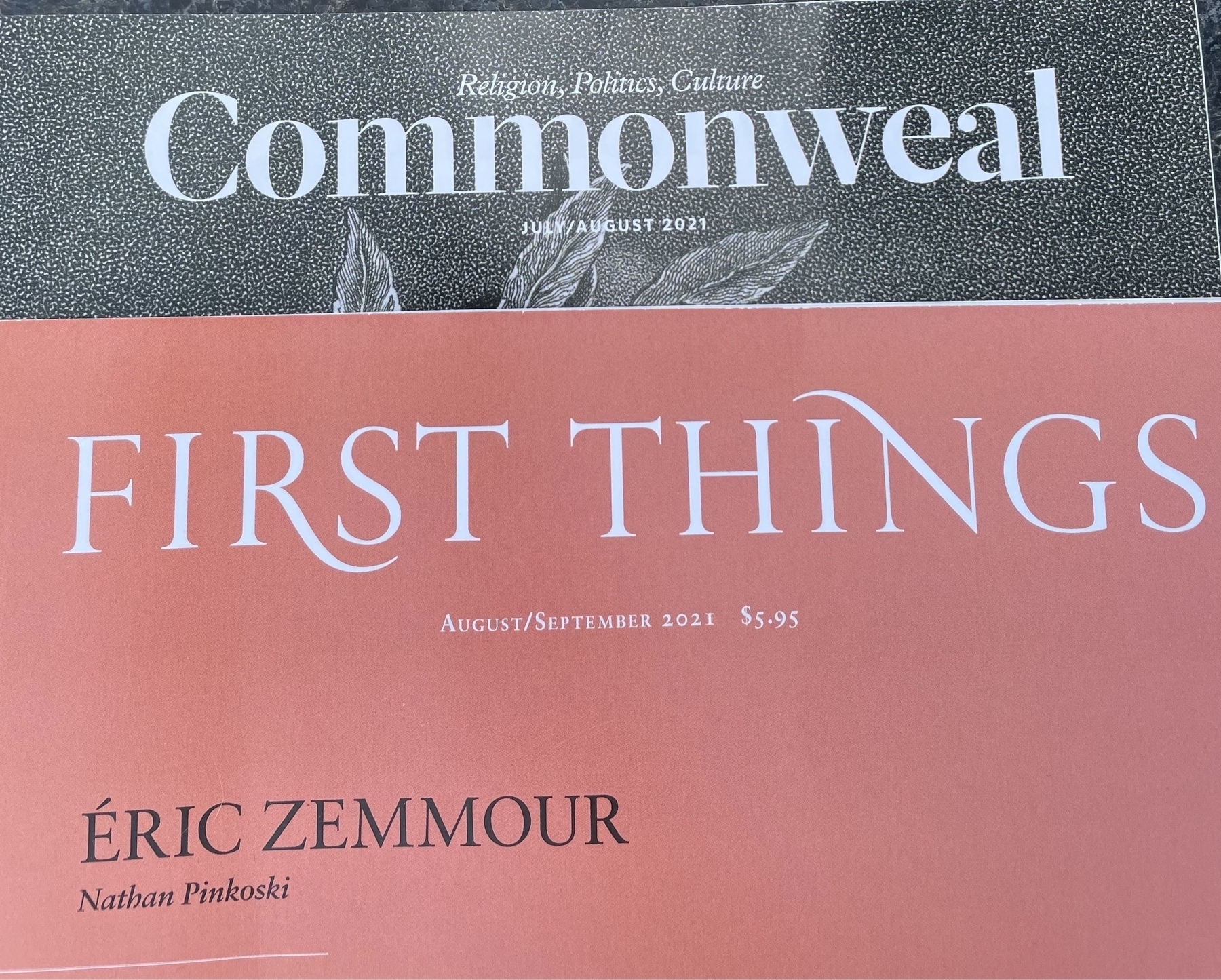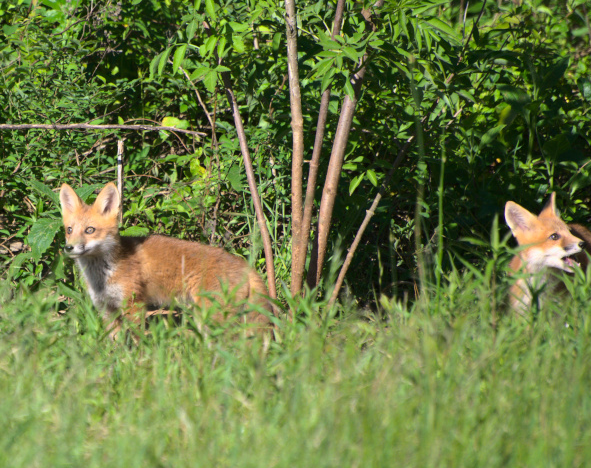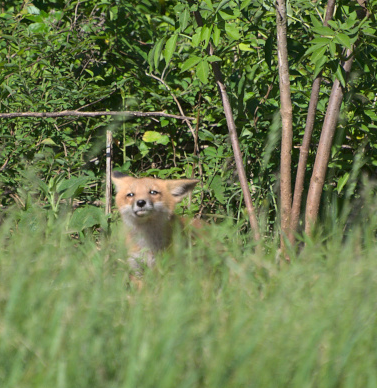Last step in the formal graduate admissions process is the interview, which has now been scheduled. Almost there!
First formation weekend complete. A thousand years or so of church history in a weekend (not including several weeks of preparatory reading and writing). My head is full of stuff.
Fig tree is showing some fruit! It’s grown like crazy this year - easily over 7’ as of today. I expect most of it will die back in the winter but it really seems to like the location. This is a Brown Turkey Fig, btw. 🌱
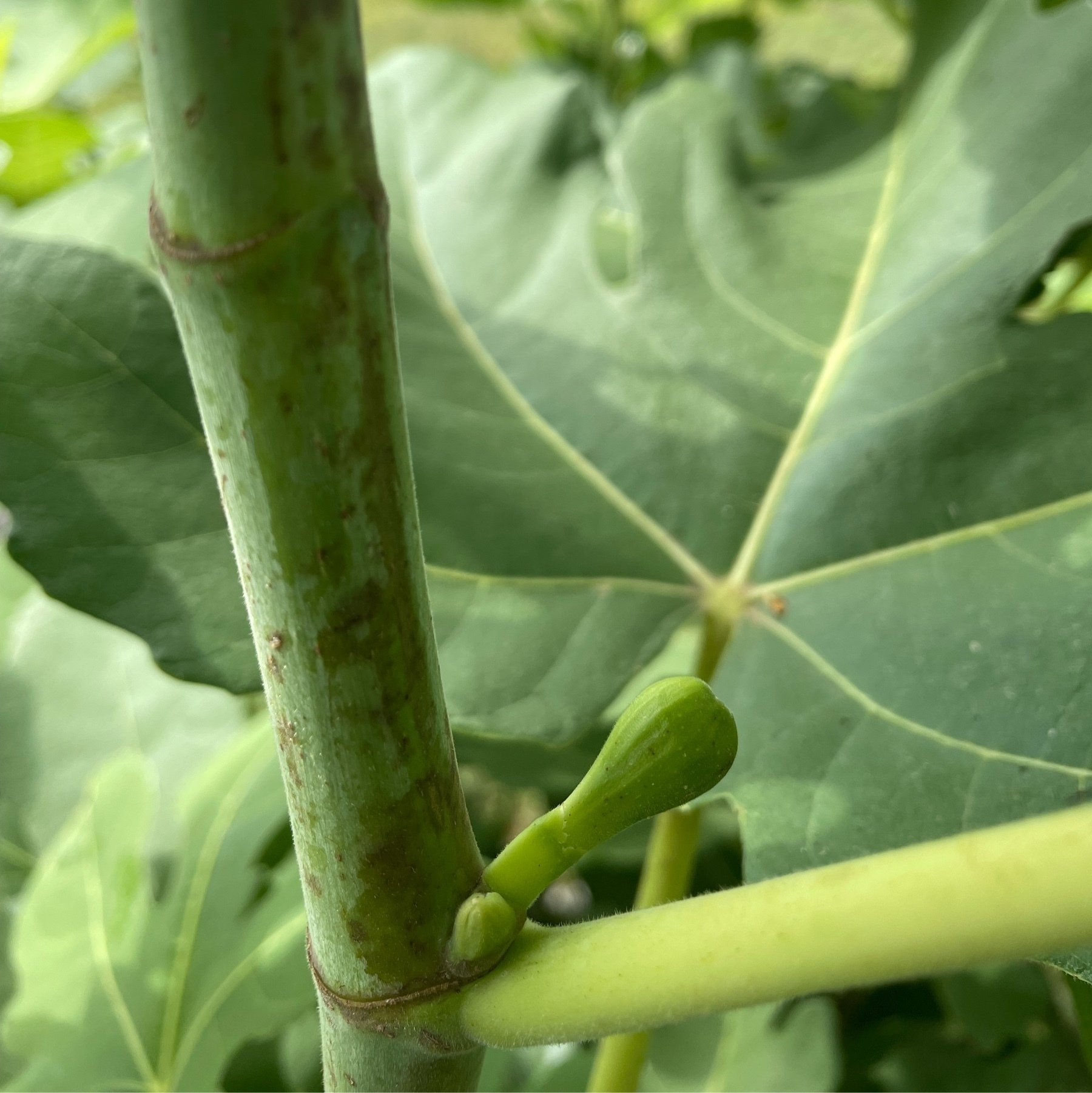
Took a small break from studying to dip into Emergence Vol 1 and devoured Winds of Awe and Fear by Nick Hunt:
All my journeys into wild winds began with names. I saw them on a map of Europe made unfamiliar by arrowed lines—swooping north, south, east and west, down rivers, through mountain ranges, over seas and national borders—depicting the seasonal corridors of these great unseen forces that shape the continent and its cultures, often in unexpected ways. The names had a fairy-tale quality—the Bora, the Foehn, the Sirocco, the Helm, the Mistral, the Levanter, the Meltemi, the Kosava, the Lodos, and dozens more—which suggested invisible roads to follow, connecting regions that seemed quite separate in my mind. I wanted to see the effects they had on the landscapes, and the living things, over which they blew.
It's wonderful stuff. I started Fred Bahnson's On The Road with Thomas Merton last night too, but am going to try to stretch that one out a bit.
Beautiful mild afternoon with low humidity here. Chipotle chicken on the grill for tacos. Praise God from whom all blessings flow.
I am flexing some essay-writing muscles I haven’t had to use for 30+ years, and this as part of the admissions process. I still have the first reading assignments hovering before me.
We attended the first formal meeting last night in the diaconate formation program. It was great to meet the other men and their wives. Also got a chance to mingle with a class-in-progress and get some of their reflections and reactions. The next few years are going to be really, really interesting. Very excited.
Amazing bit of music here: Voodoo Child on a clavinet with a whammy bar. As described! (h/t Metafilter).
We’ve welded together Loki and Lovecraft Country over here. Don’t try to change our minds, it’s too late.
As usual, I overthought this completely.
curl https://micro.blog/micropub -d “h=entry” -d @yourblogpost.md -H “Authorization: Bearer BIGNUMBERHERE”
…does the trick, which is push yourblogpost.md to micro.blog. That will teach me to check the local docs first before ranging all over the Internet. I could conceivably use vim to write a post and then dump the buffer into a simple shellscript containing the curl bits above.
The folks here have made generating auth bearer tokens (BIGNUMBERHERE) a snap, so no need to dig through the Indieweb docs, hack up someone else’s xmlrpc code, or otherwise break a sweat.
For clarity - I’ve been happy with the iOS apps (micro.blog and sunlit), and tend to favor quill.pk3.io for posting. The console nerd in me loves a good old text-only interface.
Is anyone posting to micro.blog with a text editor or IDE-type tool? Before migrating, I used a markdown editor in vscode and pushed updates via git. I sometimes miss the all-cli experience and have been digging around for similar tools. Nothing is jumping out at me so far, though.
Re-reading: The Intellectual Life: Its Spirit, Conditions, Methods by A.G. Sertillanges, OP 📚
John of the Cross and detachment
I've been slowly working my way through The Ascent of Mount Carmel and have been turning over a point St. John of the Cross made about things-in-the-world and how none of them are suitable (or sufficient) for drawing an individual into closer union with God. It was almost an aside, and simple enough to follow: the means must be suited to the end that is sought. He uses a couple of examples - only one road leads to a city, so departing from it necessarily means that the traveler does not reach the destination. A piece of wood is set afire by gradually increasing heat. Since there's nothing in-the-world like God (or even close to Him), we should seek detachment or risk being pulled away.
Something about this passage has been turning over in my head for a couple of days now. On the one hand, the point is well taken. Detachment from the world certainly seems like a necessity. As fallen creatures we're too easily captured by the shiny or pointy things that ramp our passions, good and bad. Detachment is something I've been working on for awhile and even with my built-in reluctance, the efforts have begun to bear some fruit. So, detachment, check. I get it.
The Incarnation complicates things for me a bit, as do the sacraments. Our Lord came into the world. Matter, created by Him, is good. He uses matter to impart grace via the sacraments. He is truly present - body and blood, soul and divinity - in the Eucharist. This means He's in the world. I imagine that the Mystical Doctor is teaching us the difference between adoring water and the One who hallowed it. It does seem a bit all-or-nothing to me though - certainly the created world around us contains a sort of proto-catechesis or the seeds of what C.S. Lewis, referring to fairy stories, called a baptism of the imagination. Surely the world leads us to Him, for how could it do otherwise?
Maybe I'm reading too much into this. Or as likely, I'm not reading enough. It stuck with me though and returns periodically for a re-think, even as I've proceeded well past it in the book. Perhaps some detachment is called for!
It’s Sunday, which means something is going on the grill. Today that thing is paella. We use a grilled paella recipe from The Splendid Table and it hasn’t disappointed yet. Good for a crowd, too.
Fox kits
Re-post of some fox pics that were gumming up my blog’s feed - I took these earlier this summer, and just in time too! Our son-in-law came out the next day with some pro kit but they’d seemed to have moved on in the interim. At least one is still hanging around, I think. The dog is still going bananas occasionally and I’m still finding scat in strange, prominent places which is how foxes typically mark their territories.

I have a .edu e-mail address again after 30 years. Also a Moodle account! And the syllabus for my first class!
Right on time, I had a tornado dream. These generally recur during big periods of change. Yep.

Currently reading: Agency by William Gibson 📚

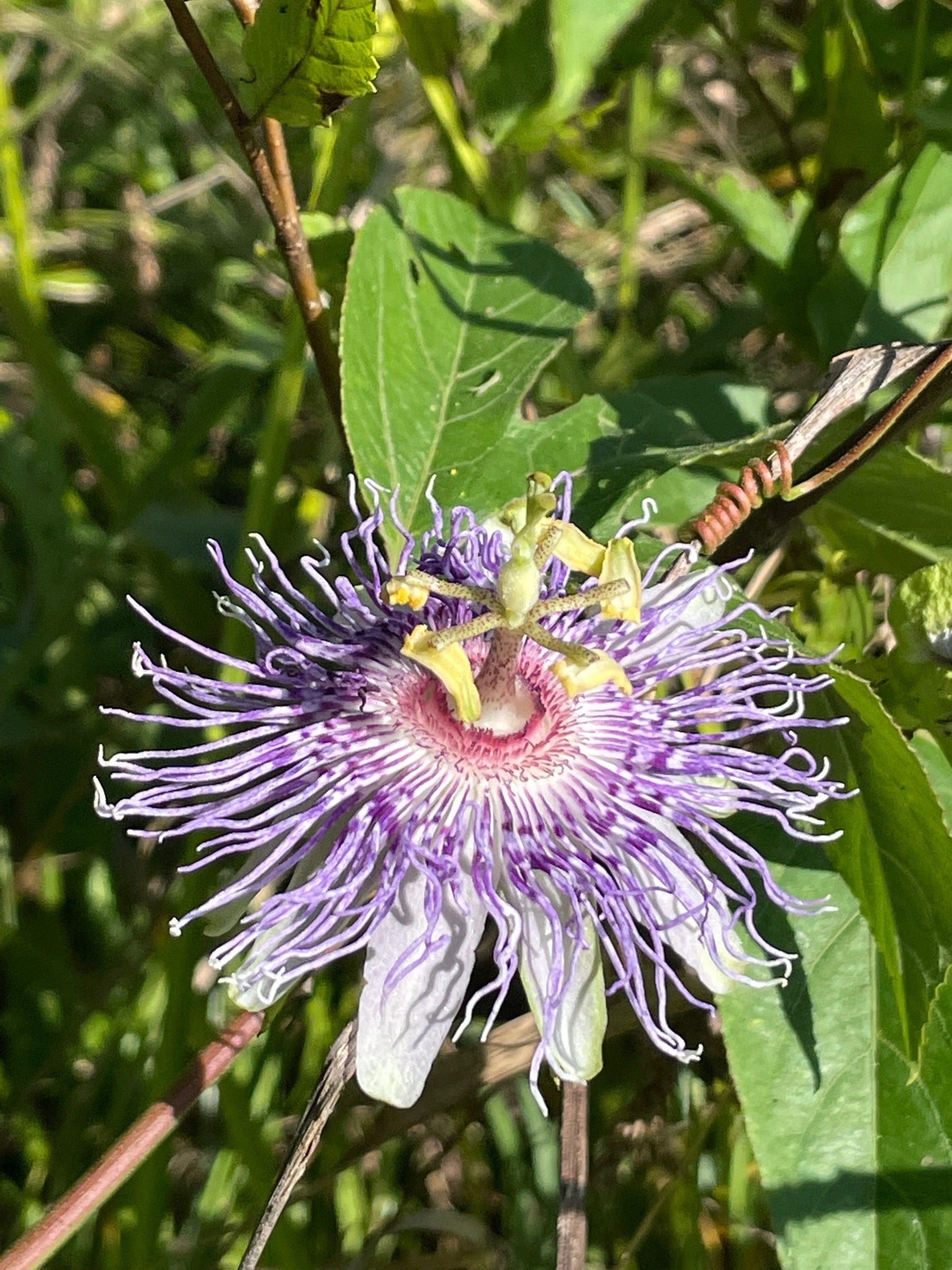
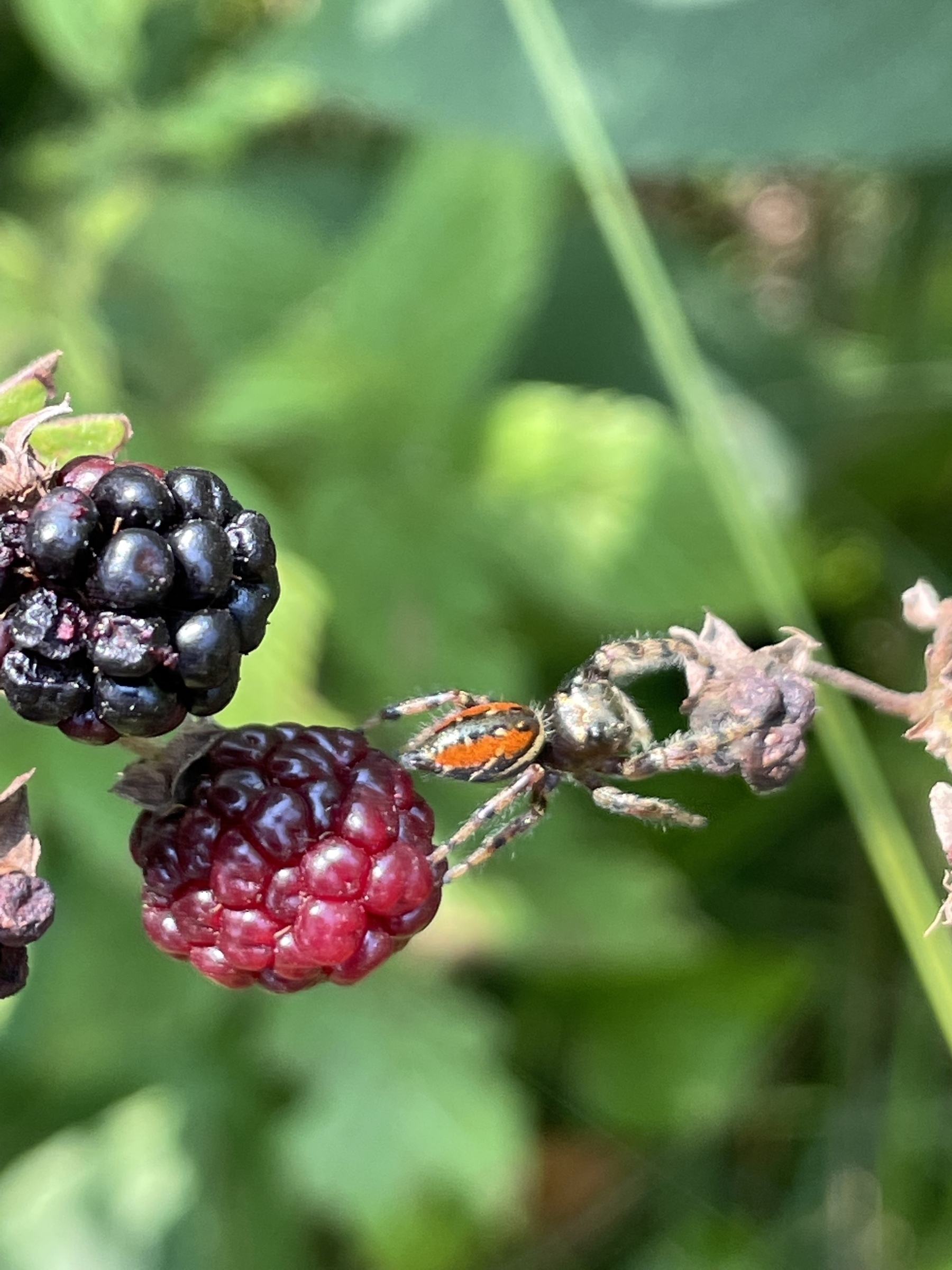
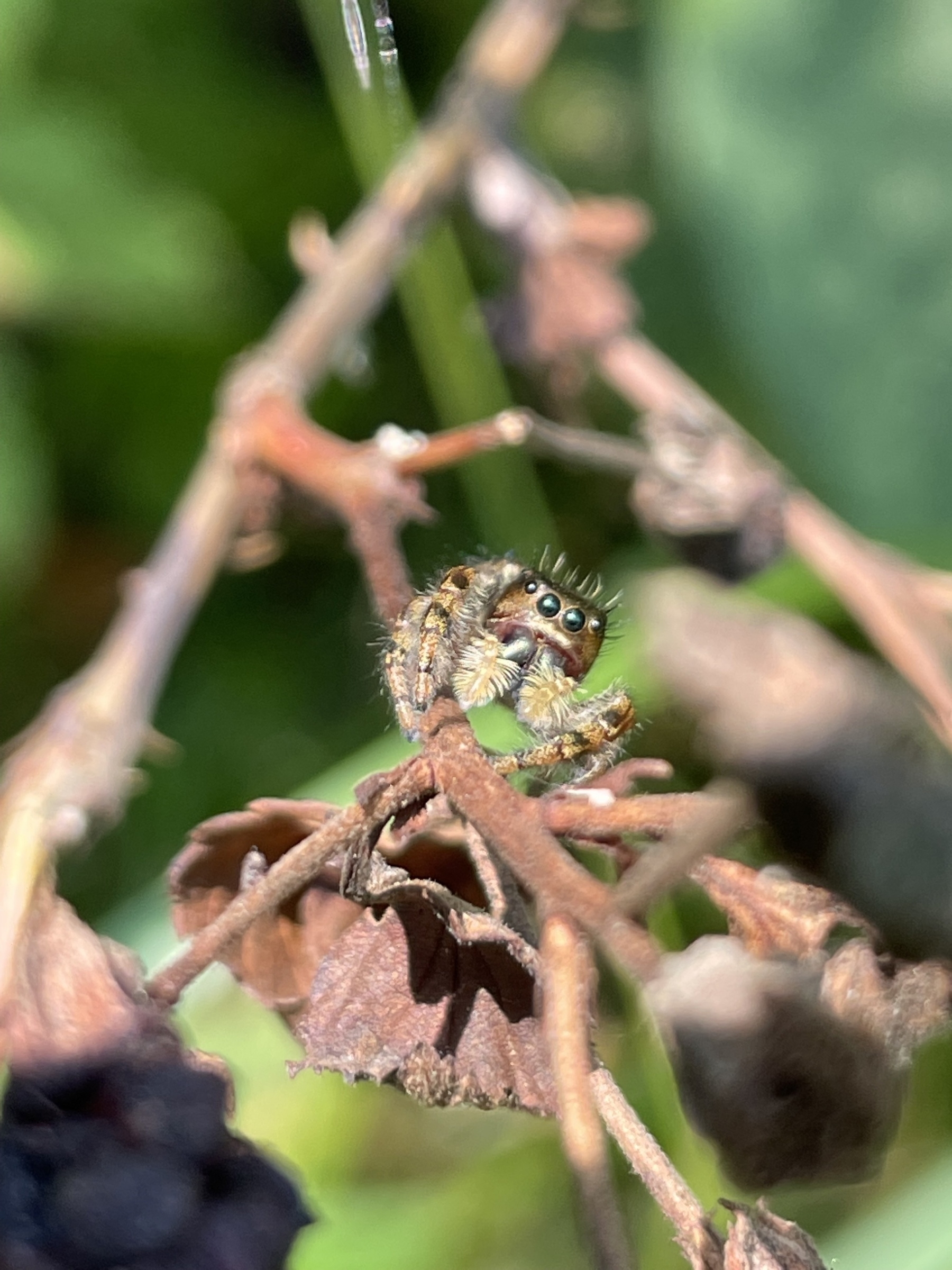
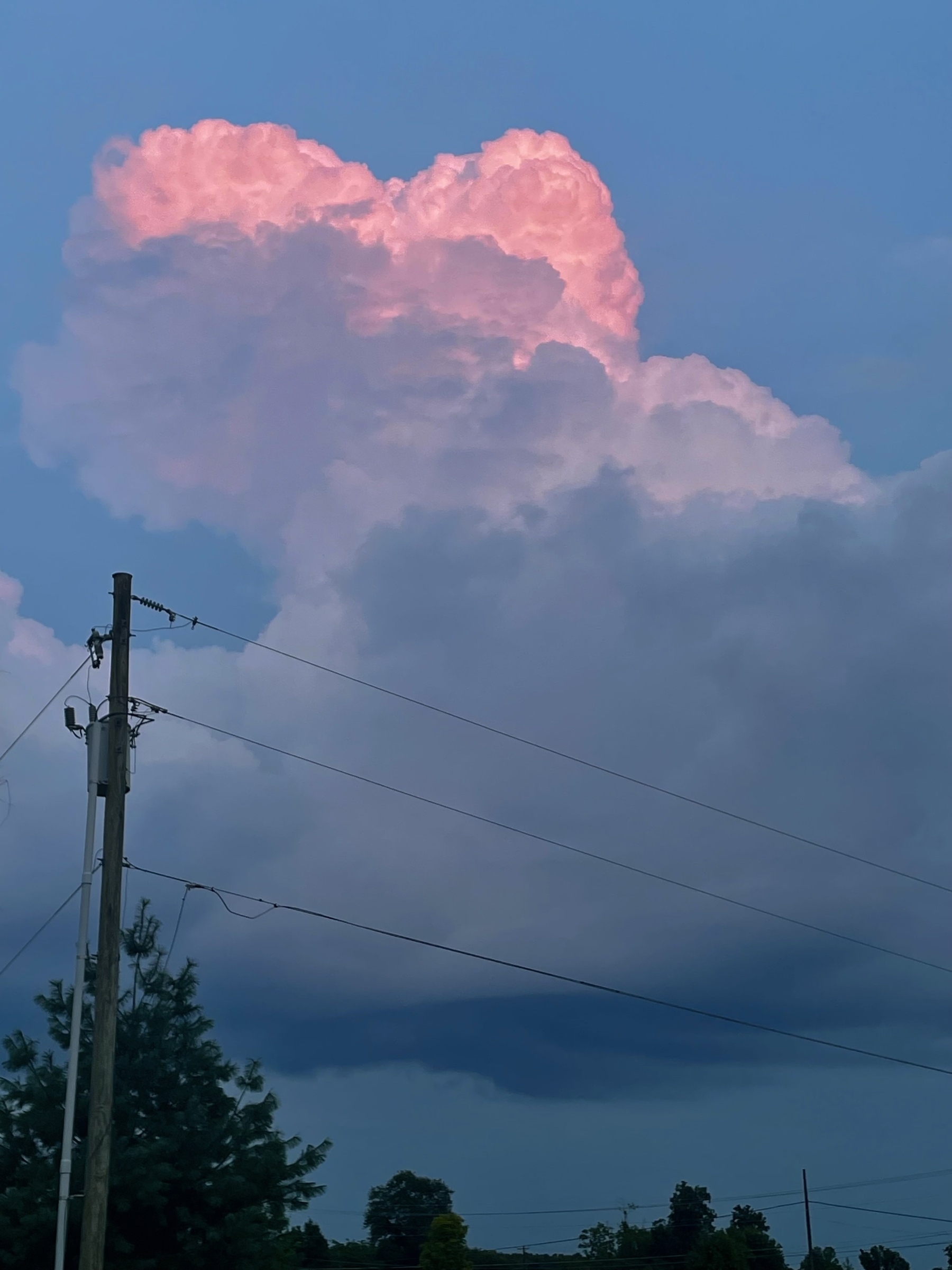 📷
📷